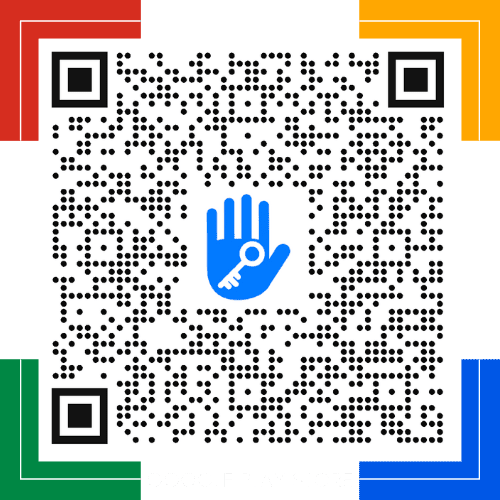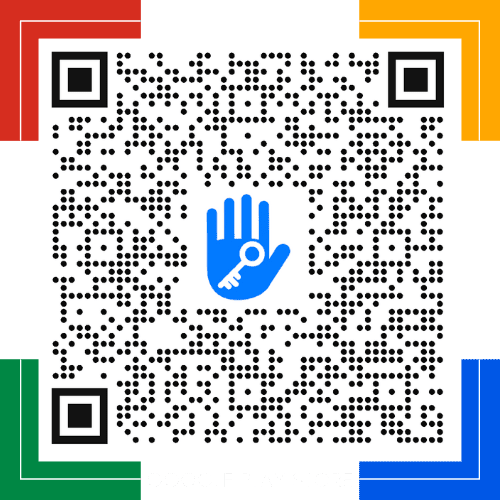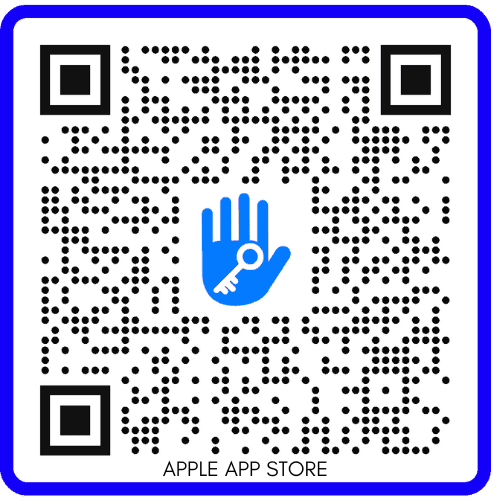Frequently Asked Questions
An electronic smart lock is a keyless locking system that allows you to control and monitor access to your property using methods such as a PIN code, RFID cards, smartphone apps, or even biometric authentication (e.g., fingerprint). It provides enhanced security and convenience compared to traditional locks.
You can operate most electronic locks via:
- PIN Codes entered on the lock's keypad.
- RFID Cards that you tap on the lock.
- Smartphone apps that control access remotely.
- Physical Keys (for some models as a backup).
- Biometric Access
- Voice command integration.
Not necessarily. While many locks come with a smartphone app for remote access and monitoring, you can also use PIN codes, RFID cards, or keys to unlock the door.
Electronic locks are highly secure when used correctly. They use encryption to protect communication between the lock and your smartphone. Features like auto-locking, temporary passcodes, and audit trails enhance control and security.
Electronic locks are typically battery-powered, so they continue to function during power outages. Most locks notify you when the battery is low, and some models offer a backup power source or manual key access in case the batteries die.
Yes. Many electronic locks allow you to generate temporary, one-time, or recurring access codes for guests, contractors, or cleaners. You can set these codes to expire at a specific time or after a certain number of uses.
Most electronic locks provide an audit trail feature through the app. This feature allows you to see the history of who unlocked the door and when, offering greater control over access to your property.
If your smartphone is lost or stolen, you can log into your smart lock account on another device to change your password and manage access. For added security, you can disable the stolen phone’s access remotely.
Yes, many electronic locks are designed to withstand various weather conditions. Look for locks with an IP (Ingress Protection) rating, which indicates how well the lock is protected from dust and water.
Electronic locks are generally compatible with standard doors. However, the specific size, type, and thickness of the door may require additional consideration. Be sure to check the product specifications or consult with an installer for proper fit.
Installation can be completed by a professional or done yourself (DIY). If you're unsure or prefer assistance, we offer a convenient installation service. Some of our products come with detailed step-by-step instructions, but if you need extra help, feel free to reach out to us, and we'll arrange installation for you.
Yes, minimal maintenance is required. You’ll need to replace the batteries as needed (often once a year) and keep the lock’s keypad or scanner clean. Some advanced models will notify you when battery levels are low.
Yes, many electronic locks are compatible with smart home systems like Amazon Alexa, Google Assistant, or Apple HomeKit. Check your lock’s compatibility with your existing smart home devices.
Warranties can vary by brand and model, but many electronic locks come with a 1-2 year warranty that covers manufacturing defects. Be sure to review the specific warranty terms provided with the lock.
To reset your lock, refer to the user manual for specific instructions. Most locks can be reset by holding down certain buttons for a few seconds, which clears the data and settings, allowing you to reconfigure the lock.
Yes. Electronic locks are often used in commercial environments due to their flexibility, convenience, and enhanced security features. They are ideal for offices, retail stores, and other commercial properties where controlling access is essential.
Many of our smart locks include an Auto-lock feature, which can be customized to your preference. When Auto-lock is enabled, the door will automatically lock after a set delay once someone exits, providing security without needing manual action. However, if you prefer more control, you can disable Auto-lock. In this case, the door will remain unlocked after someone enters or exits, allowing you to manually lock it as needed. To manually lock the door, you can either press and hold the # key on the lock or use the padlock icon in the TTLock app. These options allow you to adjust the locking function to fit your lifestyle and security needs.
Download TT APP with Google Play Store or Apple App Store


Many of our smart locks include an Auto-lock feature, which can be customized to your preference. When Auto-lock is enabled, the door will automatically lock after a set delay once someone exits, providing security without needing manual action. However, if you prefer more control, you can disable Auto-lock. In this case, the door will remain unlocked after someone enters or exits, allowing you to manually lock it as needed. To manually lock the door, you can either press and hold the # key on the lock or use the padlock icon in the TTLock app. These options allow you to adjust the locking function to fit your lifestyle and security needs.
Download TT APP with Google Play Store or Apple App Store


Most of our smart door locks are compatible with the TTLock app, which provides various features such as locking/unlocking, creating passcodes, registering fingerprints and fobs, enabling passage mode and autolock, viewing/exporting log records, and adding an optional WiFi bridge for remote access.
For step-by-step instructions on setting up the TTLock app with our locks, please refer to this guide: Setting up your TTLock application.
Absolutely! Our smart door locks come with advanced tracking features that allow you to monitor and review entry logs. You can easily see who unlocked the door and at what time.
To view these logs on the TTLock app, simply go to the Records section, where you can also export the data if needed.
This feature provides a complete record of access activity, ensuring better security and peace of mind.
Our locks generally allow for free exit without the need for a code. However, we also provide double-sided locks that require a code for both entry and exit. This feature enables tracking of both access and egress, with detailed logs that include the time and date for enhanced security.
For single-sided locks, the logs only capture when the door is unlocked, with exit activity not being recorded. You can also export logs to Excel for further review and management via the web-based TTLock management system at https://lock.ttlock.com/.
Yes, there are two ways to unlock the door. First, you can use a power bank and an Android cable to temporarily charge the lock, allowing you to open it with your card, fingerprint, or password. Alternatively, you can use the manual override key that comes with the lock.
Yes, you'll receive 2-3 manual override keys, depending on the model, along with 3 RFID cards.
No, a separate charge applies for installation service that you can book through Electronic Locks Australia. Check out the Installation Service.
We advise customers to avoid slamming the door, which can damage the lock's motherboard. Any damage caused by this will not be covered under warranty. To prevent such issues, we recommend installing a door closer.
Additionally, battery leaks can impact the motherboard. To avoid this, inspecting the battery compartment every 2 to 3 months is a good idea.
First, inspect the cable connector for any bent pins and ensure it's fully inserted into the socket.
If the pins appear to be in good condition, try replacing the batteries with a new set.
Then, follow the instructions in the user manual to restart the registration process and pair the lock again.
Absolutely! We offer a variety of smart locks that not only improve your hotel's efficiency but also eliminate the hassle of physical key cards. These locks offer features such as:
Timed passcodes for guest access
Permanent passcodes for staff and management
One-time passcodes for maintenance and repairs
Recurring or time-specific passcodes for housekeeping staff
Please check the Installation Service to ensure everything is set up correctly. Make sure the cable is properly connected and securely plugged in. Refer to the user manual to verify that the spindle is correctly installed as well.
If you're experiencing issues with your Wi-Fi Gateway, try these steps:
Reboot the lock following the instructions in the user manual.
Ensure that all software on your phone is up to date.
Confirm that both your phone and the Wi-Fi hub are connected to the same 2.4 GHz network.
Refer to your user manual for additional troubleshooting steps.
Installation can be frustrating if you're not tech-savvy.
A smartphone is required to operate most smart locks.
If the lock’s battery dies, unlocking the door can become an issue.
There is a risk of the lock being hacked.
Smart locks tend to be more expensive compared to traditional locks.
Advantages of Keyless Entry for Your Home:
You can lock and unlock doors remotely.
They integrate with smartphones for easy access.
No need to carry physical keys.
Allow you to manage and control who enters your home.
Offer a modern, stylish appearance.
Disadvantages:
Potential vulnerability to hacking.
Installation may require professional help.
Requires a smartphone for use.
May prevent access if the battery runs out.
Our smart locks are built with high-quality materials and include multiple security features designed to prevent unauthorized access and ensure strong protection against break-ins.


